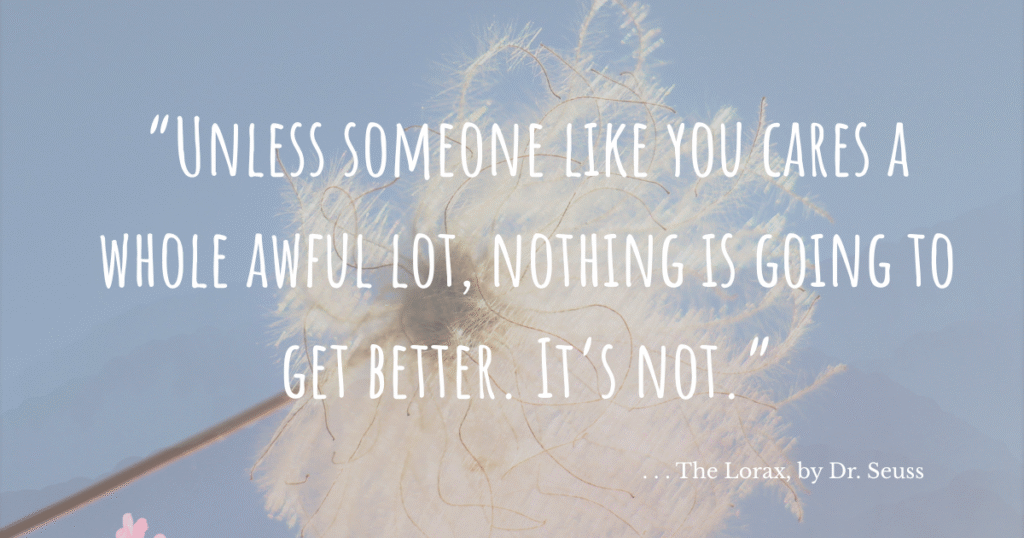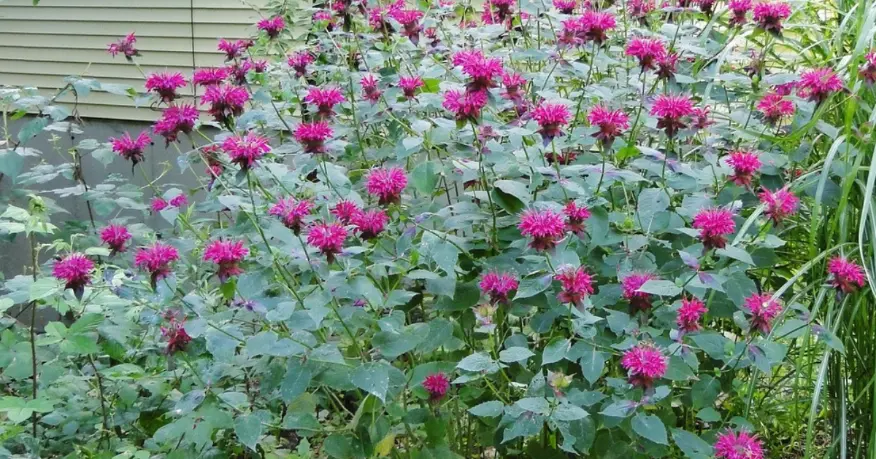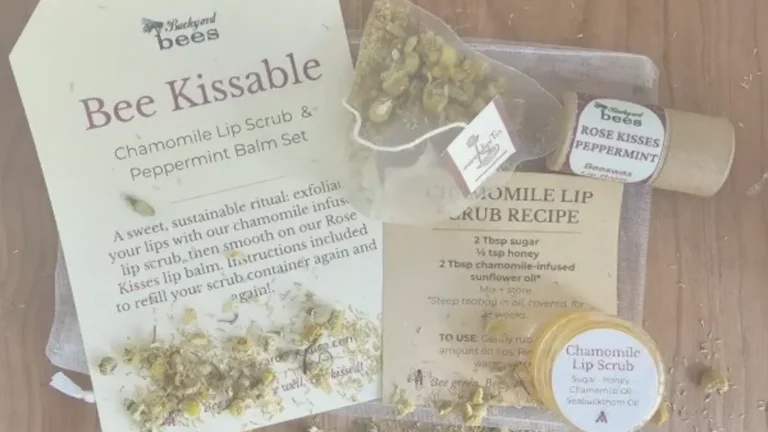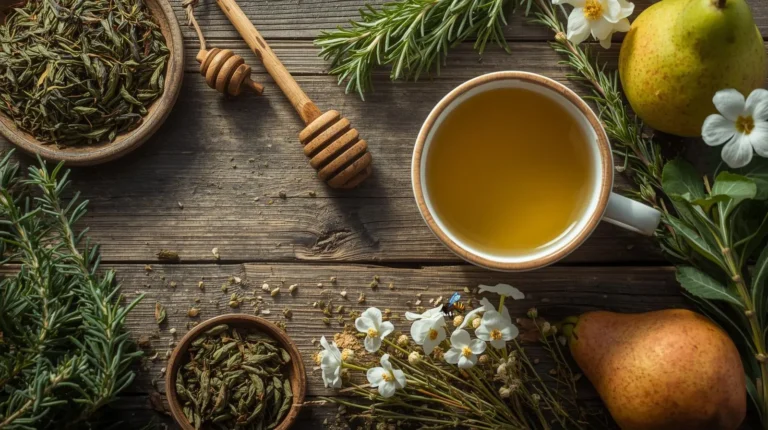Introduction: Monarda
Monarda. I like to say that word—mo-narrrr-da. It rolls off the tongue with a kind of botanical flair. Sure, it’s easier to just call it “bee balm,” but there’s something deeply satisfying about knowing the scientific name of a plant. It makes me feel more connected, like I’m on a first-name basis with an old friend.
As a beekeeper, I knew I had to grow something with the word “bee” in its name. And once I discovered that bee balm—Monarda—is native to North America, loved by pollinators, and strikingly beautiful, it was love at first planting. Not only do my bees flock to it, but so do hummingbirds, butterflies, and any gardener with a soft spot for funky flowers and good stories.
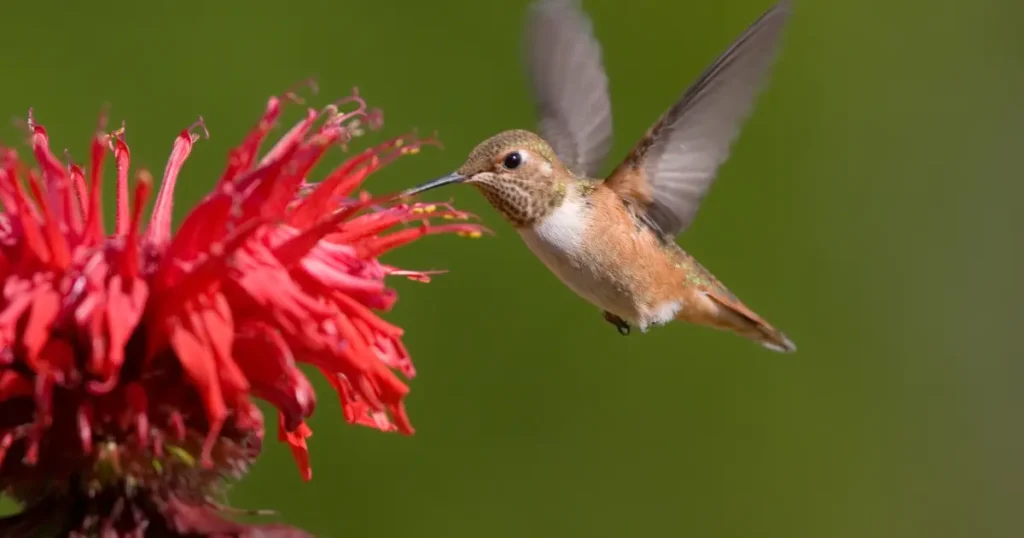
Meet Monarda: A Flower Like No Other
Describing Monarda is a bit tricky—it’s basically a roundish flower made up of a cluster of curved tubes perched atop a sturdy square stem. Does that even make sense? It almost looks too wild and whimsical to be real—like a fantastical flower borrowed straight from the Truffula trees in The Lorax by Dr. Seuss.
In the garden, especially when planted in groups, Monarda commands attention with its bold, one-of-a-kind appearance. But it’s not just a visual showstopper. Roll a few leaves between your fingers and release their scent—a complex blend of orange, bergamot, and mint. Once you catch that fragrance, you’ll see that Monarda is more than just a pretty face; it’s a feast for the senses and a treasure for the garden.
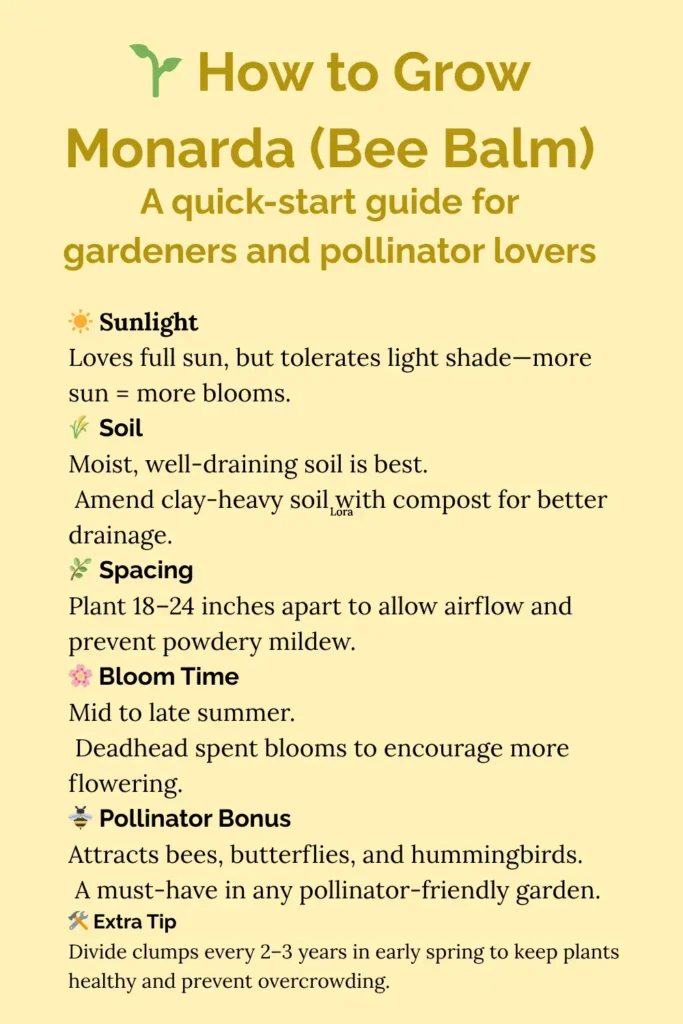
A Medicinal Powerhouse: Thymol and Healing
One of the coolest things about Monarda is its natural chemistry—specifically, the essential oil called thymol found in its leaves. Thymol is a powerful plant compound with antiseptic and antifungal powers, making Monarda not just beautiful but a little medicine cabinet in bloom.
For beekeepers, this is a big deal. Thymol is used in natural treatments against varroa mites—tiny pests that threaten honeybee health everywhere. Some beekeepers even grow Monarda nearby, hoping their bees can get a little natural help from the plant’s oils.
And here’s a handy tip: if you get stung by a bee, crushing Monarda leaves and applying them to the sting can help ease pain and swelling. It’s an old herbal remedy used by Indigenous peoples and a favorite trick among gardeners who love natural healing.
A Colonial Substitute: Tea Time with Monarda
When the colonists dumped their English tea into Boston Harbor (talk about a bold move!), they needed a new brew. Monarda’s leaves—wild bergamot—offered just that. With a citrusy, bergamot-like flavor, the plant made a tasty herbal tea that quickly became a favorite substitute.
It’s a neat reminder that sometimes nature has your back when life throws a curveball. Who among us has never thrown out something and then regretted it a few days later?
And that a good plant story makes gardening even more fun.
🍵 Wild Bergamot Tea Recipe
Ingredients:
- 1–2 tsp dried Monarda (bee balm) leaves or flowers
- 1 cup boiling water
Instructions:
- Steep bee balm in boiling water for 5–7 minutes.
- Strain and enjoy hot, or chill for iced tea.
- Optional: Add honey or lemon for flavor.
Tastes like minty Earl Grey with a wild herbal twist.
Conclusion: More Than Just a Flower
Gardening, like beekeeping, has layers—it’s an art, a skill, a science, and at its core, a way of participating in the well-being of the planet. When I plant Monarda, I’m not just adding a splash of wild, whimsical beauty to the yard. I’m inviting pollinators. I’m tapping into centuries of herbal wisdom. I’m offering my bees a little medicine. And maybe, in some small way, I’m helping keep an ancient and fragile balance alive.
It’s easy to overlook a single plant. But when you know its story, it becomes a character in the garden—part of a living, breathing system that depends on care, attention, and curiosity.
As the Lorax wisely said,
“Unless someone like you cares a whole awful lot, nothing is going to get better. It’s not.“
And that’s what gardening really is: caring a whole awful lot.
